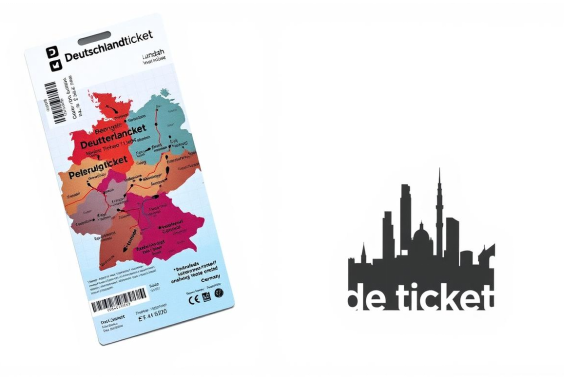The Evolution of Luggage: From Trunks to Modern-Day Suitcases
Luggage has been an essential part of travel for centuries. What started as heavy, cumbersome trunks has transformed into sleek, lightweight suitcases that cater to the modern traveler. Understanding how lugguage has evolved gives us a glimpse into how travel itself has changed over time.
The Era of Travel Trunks
Early Origins of Luggage
In the 19th century, the most common form of luggage was the travel trunk. These were large, sturdy boxes made from wood or metal, designed to hold a significant amount of personal belongings. Trunks were primarily used for long journeys by sea or train, where travelers needed durable storage for extended trips.
Heavy but Functional
While trunks were incredibly durable, they were also heavy and hard to move. They required porters or special equipment to transport them, making travel a challenging experience for most people. Despite their bulk, trunks offered the necessary protection for personal items in the age of long voyages.
The Shift to Suitcases
The Advent of Lightweight Suitcases
As air travel became more popular in the 20th century, luggage designs began to shift. Trunks were too large and impractical for the fast-paced nature of airports. This change led to the creation of the suitcase, a more compact and portable option. Early suitcases were made from leather or metal, offering a balance between durability and convenience.
Wheels and Portability
The invention of wheels on luggage in the 1970s was a game-changer. This innovation made travel much easier by allowing people to roll their bags rather than carry them. Wheeled suitcases quickly became the preferred choice for most travelers, significantly reducing the physical strain of carrying heavy bags.
The Rise of Modern Luggage
Hard-Shell vs. Soft-Shell Designs
In modern times, luggage has evolved into two main types: hard-shell and soft-shell suitcases. Hard-shell cases are typically made from durable materials like polycarbonate or ABS, providing extra protection for items inside.
Soft-shell bags, on the other hand, offer more flexibility and often feature additional pockets for easy organization. Both types of luggage cater to different travel needs, offering versatility and style.
Smart Luggage
With technology becoming an integral part of everyday life, the introduction of smart luggage has brought further innovation to the travel industry. These high-tech bags feature USB charging ports, built-in scales, and GPS tracking systems. Although not every traveler opts for smart luggage, it represents the future of convenient and connected travel.
How Luggage Reflects Travel Trends
Travel Becoming More Accessible
The evolution of lugguage mirrors changes in how we travel. As transportation has become faster and more accessible, luggage has adapted to meet the needs of the modern traveler. Lightweight materials, compact designs, and added features like expandable sections reflect the need for efficiency in travel today.
Customization and Personalization
In addition to practical improvements, modern luggage has also become a style statement. Travelers now have the option to choose from a wide range of colors, materials, and designs to suit their personal tastes. This shift shows how luggage has moved beyond function to become an extension of a traveler’s identity.
The Future of Luggage
Sustainable and Eco-Friendly Options
As the world becomes more environmentally conscious, the luggage industry is starting to focus on sustainability. Manufacturers are experimenting with eco-friendly materials like recycled plastics and fabrics, offering greener alternatives for travelers. The future of lugguage may lie in creating products that reduce environmental impact without sacrificing durability or style.
Enhanced Security Features
With the increasing concerns around travel security, luggage is likely to incorporate more advanced safety features. Biometric locks, RFID-blocking compartments, and tamper-proof designs are becoming more common. These innovations aim to provide peace of mind to travelers, ensuring that their belongings remain safe during their journeys.
Conclusion: A Journey Through Time
The journey of luggage from heavy trunks to modern suitcases reflects the evolution of travel itself. What was once a difficult and labor-intensive process has become convenient and accessible to millions of people worldwide.
As lugguage continues to evolve, it will undoubtedly adapt to meet the changing needs and preferences of future travelers, providing even more convenience, style, and innovation.



